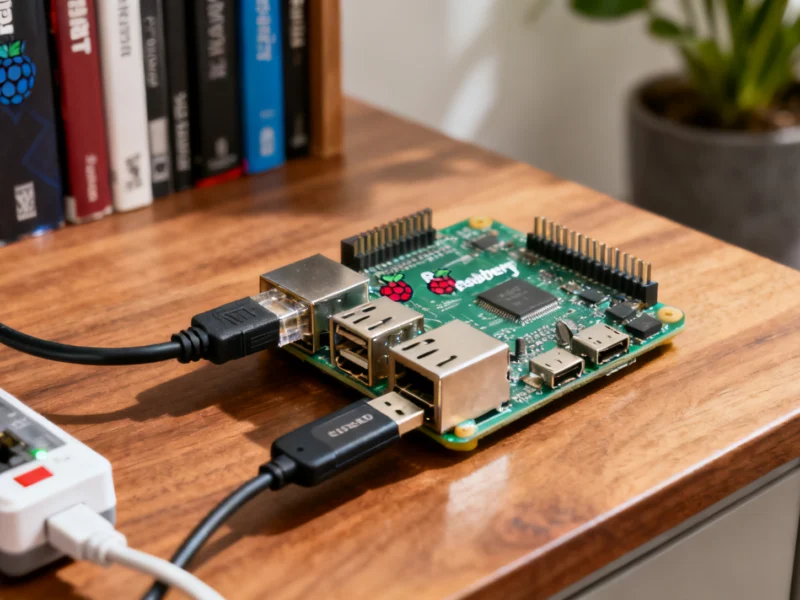According to SamMobile, Samsung has resumed the One UI 8 rollout for Galaxy S23 devices after a brief pause, with users able to check for the update through Settings > Software update > Download and install. The company is already planning its next software iteration, One UI 8.5, which is expected to begin rolling out between February and March 2025. The source also mentions that leaked builds of One UI 8.5 have revealed several key upgrades, though specific features weren’t detailed in the coverage. This update timeline provides insight into Samsung’s software strategy moving forward.
Samsung’s Calculated Update Strategy Reveals Market Positioning
Samsung’s decision to resume the One UI 8 rollout after a pause demonstrates the company’s commitment to quality control in an era where software updates can make or break user experience. Unlike some competitors who push updates regardless of issues, Samsung’s willingness to pause and fix problems shows maturity in their approach. This strategy directly impacts customer retention and brand loyalty, especially in the premium smartphone segment where users expect both timely and stable updates. The fact that they’re already telegraphing One UI 8.5 for early 2025 suggests they’re working on a predictable cadence that could challenge Apple’s established update schedule.
The Android Update Landscape Is Shifting
What’s particularly interesting is how Samsung’s update strategy affects the broader Android ecosystem. While Google’s Pixel devices typically receive updates first, Samsung’s scale and consistency create a different kind of pressure on other Android manufacturers. Companies like OnePlus, Xiaomi, and Motorola now face increased expectations for both update frequency and duration of support. Samsung’s ability to deliver major OS updates alongside their proprietary One UI layer demonstrates significant engineering resources that smaller players simply can’t match. This creates a widening gap between the haves and have-nots in the Android space.
What This Means for Consumers and Resale Values
For consumers, Samsung’s transparent update roadmap provides something increasingly rare in the Android world: predictability. Knowing that their Galaxy S23 will receive One UI 8.5 in early 2025 gives users confidence in their purchase and extends the perceived lifespan of their device. This directly impacts resale values and reduces the perceived need for annual upgrades. The company’s commitment to multiple years of software support, combined with their feature-rich One UI layer, creates a compelling value proposition that could slow the upgrade cycle among premium Android users.
Broader Implications for the Smartphone Industry
Looking beyond Samsung, this update strategy reflects a larger industry trend where software is becoming the primary differentiator in mature smartphone markets. As hardware innovation plateaus, manufacturers are increasingly competing on software experience, update reliability, and long-term support. Samsung’s approach could pressure other Android manufacturers to extend their support timelines and improve update consistency. This shift benefits consumers but raises the barrier to entry for new players, potentially leading to further market consolidation around a few dominant Android brands that can afford comprehensive software support programs.




